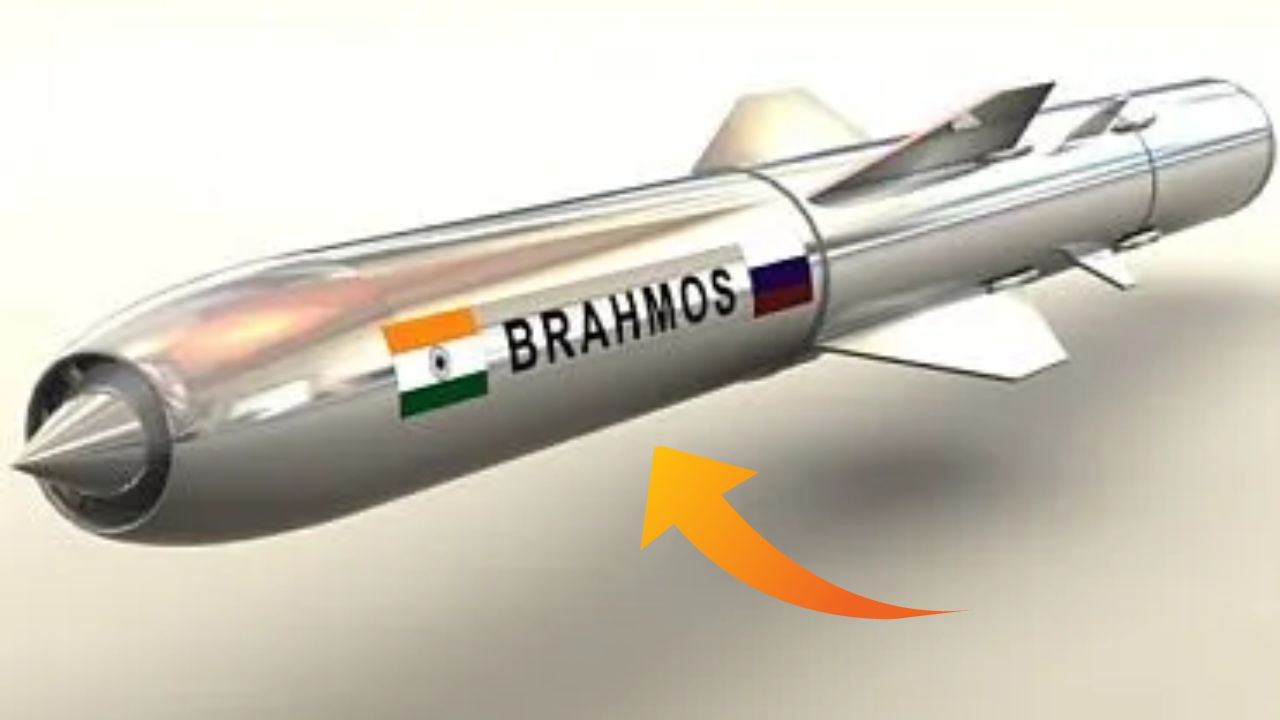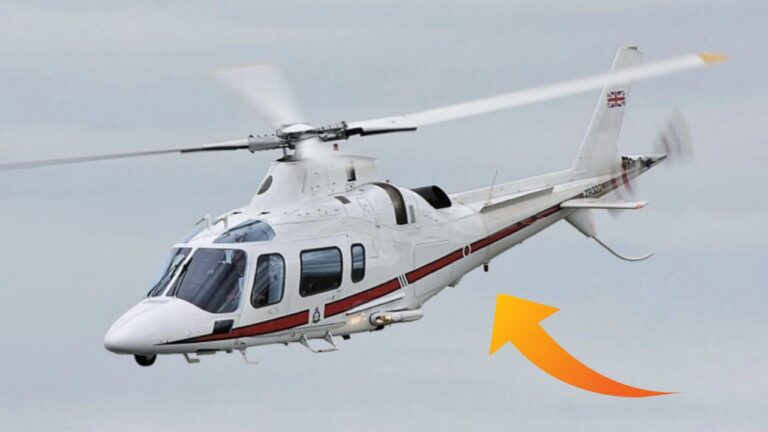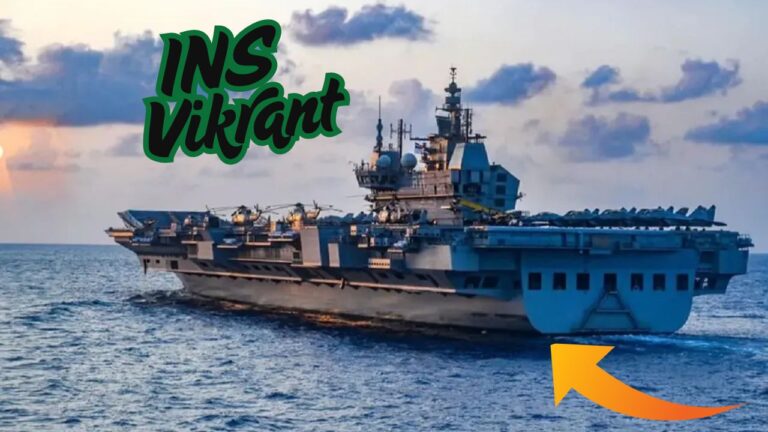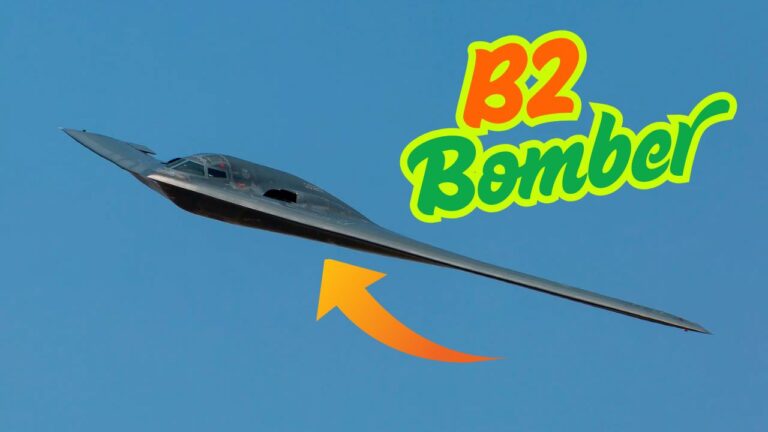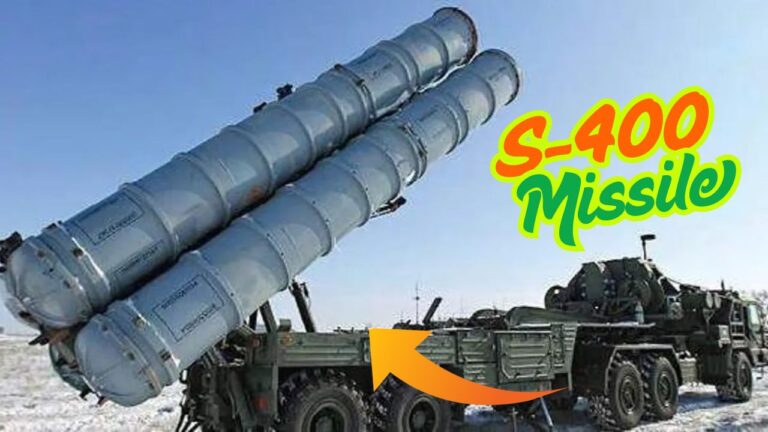Brahmos Missile Price in Indian Rupees, Top-speed, Specs And More
The BrahMos missile, a joint venture between India’s DRDO and Russia’s NPO Mashinostroyeniya, is one of the world’s fastest and most powerful cruise missiles. Named after the Brahmaputra and Moskva rivers, it is a supersonic cruise missile with a top speed of Mach 2.8 to 3.0 (nearly 3,700 km/h), making it extremely difficult to intercept.
Available in land, air, sea, and submarine-launched variants, the BrahMos has a range of 290-500 km, depending on the version, and can carry a conventional or nuclear warhead weighing 200-300 kg. Its precision strike capability makes it a key asset for India’s defense forces.
The price of a BrahMos missile is estimated at around ₹25-35 crore (approx. $3-4.5 million) per unit, varying based on configuration and export orders. With ongoing upgrades, including an extended-range BrahMos-NG (Next Generation) and hypersonic versions, the missile remains a cornerstone of India’s strategic military strength.
Brahmos Missile Price in Indian Rupees
The BrahMos missile is one of India’s most advanced and lethal weapons, with an estimated price of ₹25–35 crore per unit (around $3–4.5 million) in Indian rupees. The cost varies depending on the variant (land, sea, air, or submarine-launched), customization, and export agreements.
Read More: B2 Bomber Price in India, Top-speed, Specifications and Characteristics
Top-speed
The BrahMos missile is the world’s fastest supersonic cruise missile, with a blistering top speed of Mach 2.8 to Mach 3 (around 3,700 km/h or 2,300 mph). This makes it nearly three times faster than the speed of sound, giving enemy defenses minimal reaction time.
Specs
-
Type: Supersonic Cruise Missile (Land, Sea, Air, Submarine-launched)
-
Developer: DRDO (India) + NPOM (Russia)
-
Weight: 2,500–3,000 kg (varies by variant)
-
Length: 8.4–8.6 meters (Air-launched: 6.0 m)
-
Diameter: 0.6 meters
-
Warhead: 200–300 kg (Conventional or Nuclear)
-
Guidance: INS + GPS + Active Radar Homing
-
Propulsion: Solid Booster + Liquid Ramjet
Speed & Range
-
Top Speed: Mach 2.8–3 (3,700 km/h)
-
Operational Range: 290–500 km (Extended after MTCR restrictions lifted)
-
Flight Altitude: 10 m (Sea-skimming) to 15 km
Variants & Launch Platforms
| Variant | Launch Platform | Key Features |
|---|---|---|
| BrahMos Block I/II/III | Land, Ship | Anti-ship & land-attack |
| BrahMos-A | Su-30MKI (Air-launched) | Lighter (2,500 kg), 400 km range |
| BrahMos-NG (Next Gen) | Fighters, Ships | Mach 3.5, 300 km range, lighter |
| BrahMos-II (Future) | Hypersonic | Mach 7, 600 km range |
Defense Penetration Features
✔ “Fire-and-Forget” – Autonomous mid-course correction
✔ Stealth Design – Reduced radar cross-section
✔ Zigzag Maneuvering – Evades enemy interceptors
✔ Multiple Trajectories – Can strike from different angles
Alternatives
| Missile | Country | Speed | Range | Warhead | Key Feature |
|---|---|---|---|---|---|
| P-800 Oniks (Yakhont) | Russia | Mach 2.5 | 600 km | 250 kg | BrahMos’s Russian predecessor |
| Zircon (Tsirkon, 3M22) | Russia | Mach 8–9 | 1,000 km | 300–400 kg | Hypersonic, ship/land attack |
| DF-17 (Hypersonic Glide Vehicle) | China | Mach 5–10 | 1,800–2,500 km | Nuclear/conventional | Boost-glide trajectory |
| CM-400 AKG | China | Mach 4.0 | 250 km | 200 kg | Air-launched, anti-ship |
| Missile | Country | Speed | Range | Warhead | Key Feature |
|---|---|---|---|---|---|
| Tomahawk (Block V) | USA | Mach 0.74 | 1,600 km | 450 kg | GPS-guided, proven in combat |
| Storm Shadow / SCALP | UK/France | Mach 0.8 | 560 km | 450 kg | Stealthy, deep-strike |
| Naval Strike Missile (NSM) | Norway | Mach 0.9 | 185 km | 125 kg | Sea-skimming, stealthy |
| Missile | Country | Speed | Range | Warhead | Key Feature |
|---|---|---|---|---|---|
| Nirbhay | India | Mach 0.8 | 1,000 km | 300 kg | Subsonic, long-range |
| Shaurya | India | Mach 7.5 | 750–1,900 km | Nuclear-capable | Hypersonic ballistic |
| Raad / Hoveizeh | Iran | Mach 0.8 | 350–1,300 km | 450 kg | Land-attack cruise missile |
FAQs
1. What is the price of a BrahMos missile in Indian rupees?
-
The estimated cost is ₹25–35 crore per unit (approx. $3–4.5 million), depending on the variant and export terms.
2. What is the top speed of the BrahMos missile?
-
Mach 2.8–3 (3,700 km/h or 2,300 mph), making it the fastest supersonic cruise missile in the world.
3. What is the range of the BrahMos missile?
-
Originally 290 km (due to MTCR restrictions), now extended to 500 km for export and newer variants.
4. Can the BrahMos carry a nuclear warhead?
-
Yes, it is nuclear-capable, though India primarily uses it with conventional warheads (200–300 kg).
5. Which countries use BrahMos missiles?
-
India (primary user), Philippines (first export customer, $375M deal), and others like Indonesia, UAE, Vietnam are interested.
6. How does BrahMos compare to Pakistan’s Babur missile?
-
BrahMos (Mach 3, 500 km) is much faster than Babur (Mach 0.8, 700 km), making it harder to intercept.
7. What makes BrahMos difficult to intercept?
-
Supersonic speed (Mach 3) + sea-skimming (10m altitude) + evasive maneuvers = Extremely low reaction time for enemy defenses.
8. What are the different variants of BrahMos?
-
Land, Naval, Air (BrahMos-A), Submarine-launched, BrahMos-NG (Next Gen), BrahMos-II (Hypersonic, Mach 7, under development).
9. Is BrahMos better than the US Tomahawk?
-
Speed: BrahMos (Mach 3) >> Tomahawk (Mach 0.74).
-
Range: Tomahawk (1,600 km) > BrahMos (500 km).
-
Stealth: Tomahawk is stealthier; BrahMos relies on speed.
10. When will BrahMos-II (hypersonic) be ready?
-
Expected by 2028, with Mach 7 speed and 600+ km range.
Conclusion
The BrahMos missile is a key product of Indo-Russian defense teamwork. It is one of the world’s strongest cruise missiles. It reaches a speed of Mach 3 (3,700 km/h) and has a strike range of 500 km. With a 300 kg warhead, it offers lethal power, precision, and flexibility for land, sea, air, and submarine launches. At a cost of ₹25–35 crore per unit, it provides great value and outpaces rivals like the Tomahawk in speed while still appealing to exporters.
India’s advantage grows with new variants like the hypersonic BrahMos-II (Mach 7) and the lighter BrahMos-NG. These ensure future strength. The BrahMos is already in use by the Indian Armed Forces and has gained export success, such as with the Philippines. It plays a vital role in modern warfare—too fast to intercept, too agile to evade, and too precise to miss. As countries move towards hypersonic weapons, the BrahMos program strengthens India’s status in advanced missile technology.

